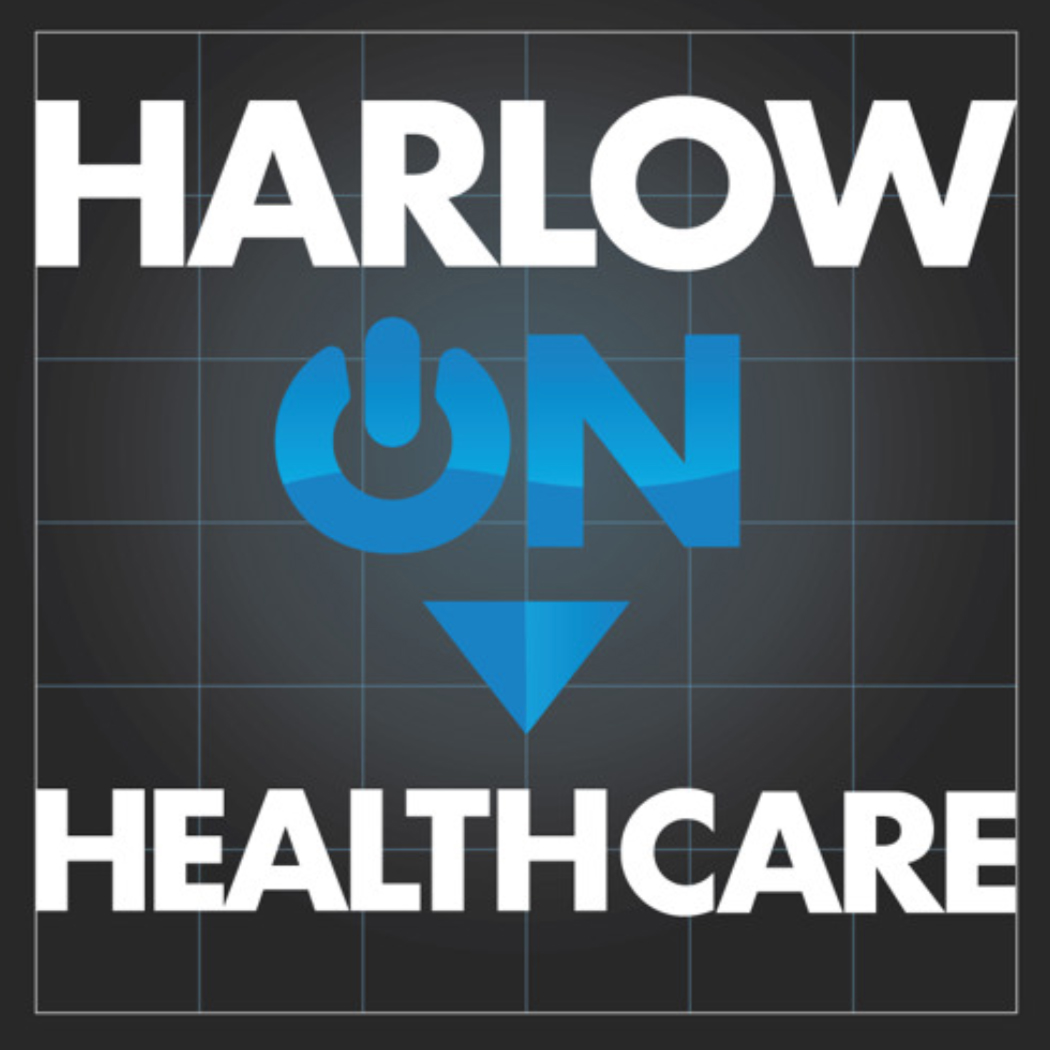Hospital-acquired infection (HAI) is one of the catchphrases of patient safety advocates, health care cost control champions and health care data and transparency wonks. CMS made some of these constituencies happy when it rolled out its no pay rules last year, and the Massachusetts Department of Public Health has been wrestling with the HAI issue at its Betsy Lehman Center for Patient Safety and Medical Error Reduction (for the out-of-towners: named for a Boston Globe health columnist who died as a result of a medication error) — culminating in a new set of hospital licensure regs promulgated today which mandate HAI policy and procedure monitoring and inspections in hospitals (by state inspectors) as well as tracking and reporting. Payor groups (here in MA and nationally) have also laid down the law with their own no pay rules. (See earlier HealthBlawg post on HAI and various responses here in MA and nationally.)
The annual cost of HAI has been pegged at up to $400 million plus in Massachusetts, $30 billion nationally. The question arises: aside from inspecting, reporting and tracking, and sanctioning hospitals, what can we do to reduce and eliminate HAI? Some of last year’s Lehman Center report is devoted to answering that question. One simple approach advocated by some, including Atul Gawande in a recent New Yorker article, involves the use of checklists — which are put to excellent use in aviation, for example.
The study of the use of checklists in healthcare settings was, unfortunately, deemed to be research conducted without prior IRB review, etc., etc., by the federales. As they say, the items on these checklists are not rocket science. See discussion of the checklist concept and the feds’ ban in a recent NY Times piece on HAI by Jane Brody. So "research" on use of checklists requires IRB approval, patient consent ("Is it OK if I look at my five-point cheat sheet before I start a central line, so I can remember to wash my hands? Or would you prefer to not be included in this study?" Hmm . . . ) and the whole ball of wax, unless we heed Dr. Gawande’s call to write our men and women in Washington and get them to rewrite the rules.
Update 2/20/08: OHRP has reversed its ban on checklists. Hat tip to Bob Wachter at Wachter’s World.
All of these efforts are worthy, but it would be nice if they were coordinated with each other — for example, why not standardize HAI measures and interventions in MA to the no pay rules relating to HAI adopted by the federales? To the parallel Leapfrog rules? Shouldn’t the data collected by DPH be disseminated on the Massachusetts Quality and Cost Council consumer portal mandated by the Massachusetts universal health care law? On HHS’s Hospital Compare website?
Some medical device and equipment manufacturers are jumping on the bandwagon, marketing their wares to hospitals based on their claimed ability to reduce HAI rates and thus avoid incurring costs for unreimbursable care in the face of no-pay for HAI rules. One nifty tool brought to my attention this week is Cook Medical’s catheter cost calculator (see link at bottom middle of landing page). Cook apparently sells the Cadillac of catheters, and they’ve built a tool that would allow a hospital to see how much it could save in the long run — on the unreimbursable cost of treating HAI — by ponying up for the more expensive items. The calculator is preset based on a range of assumptions drawn from past research, but you can rejigger the assumptions using handy slider buttons. Very interesting to see how the HAI policy debate and changes in payment practices relate directly to marketing efforts on the part of medical device manufacturers.
Back to today’s DPH regulation: Commissioner John Auerbach said in an interview after the vote that a hospital with excessive infection rates could lose its license. I expect that, in practice, intermediate sanctions would be used: for example, DPH controls could be put in place to improve policies and procedures in order to reduce infection rates, and DPH might even be able to bar performance of particular procedures pending improvements.
What I like about this issue is that a lot of different pressures (mostly around dollars) are coming to bear on a discrete set of issues (mostly around patient care), and this time around, the patient care outcomes stand to benefit from the interaction.



Some comments I was unable to produce on some of the posts you created in the past:
Convenience care clinics. No reason for concern from others. Those vexed by thier arrival is likely due to turf threats. Most diagnoses made at such facilities are comparable to those made at a primary care doctor’s ofice. If there is a level of seriousness medically with any patient seen at such a clinic, appropriate measures will be taken. And likely, the patient at such a clinic will experience less time receiving treatment, a greater level of comfort, and greater dialogue with providers at such places.
With data mining, the AMA is reluctant for pending laws regarding this issue because it is a source of revenue for them from the pharma companies. The absense of such prescribing data for a pharma rep means greater objectivity and a reduced ability for them to cloud the judgement of the prescriber.
Finally with pending disclosure laws, this should be interesting if it becomes mandated. The medical industries are concerned because of thier inability to justify thier disbursements, so likely they will fufill such a regulation through creative accounting. Monetary inducements to prescribers potentially creates a situation of coerced reciprocity and possible extortion, which affects the treatment regimen of thier patients due to intimidation.
Thanks for reading what I had to say on such issues you created on your blog that I just discovered today.